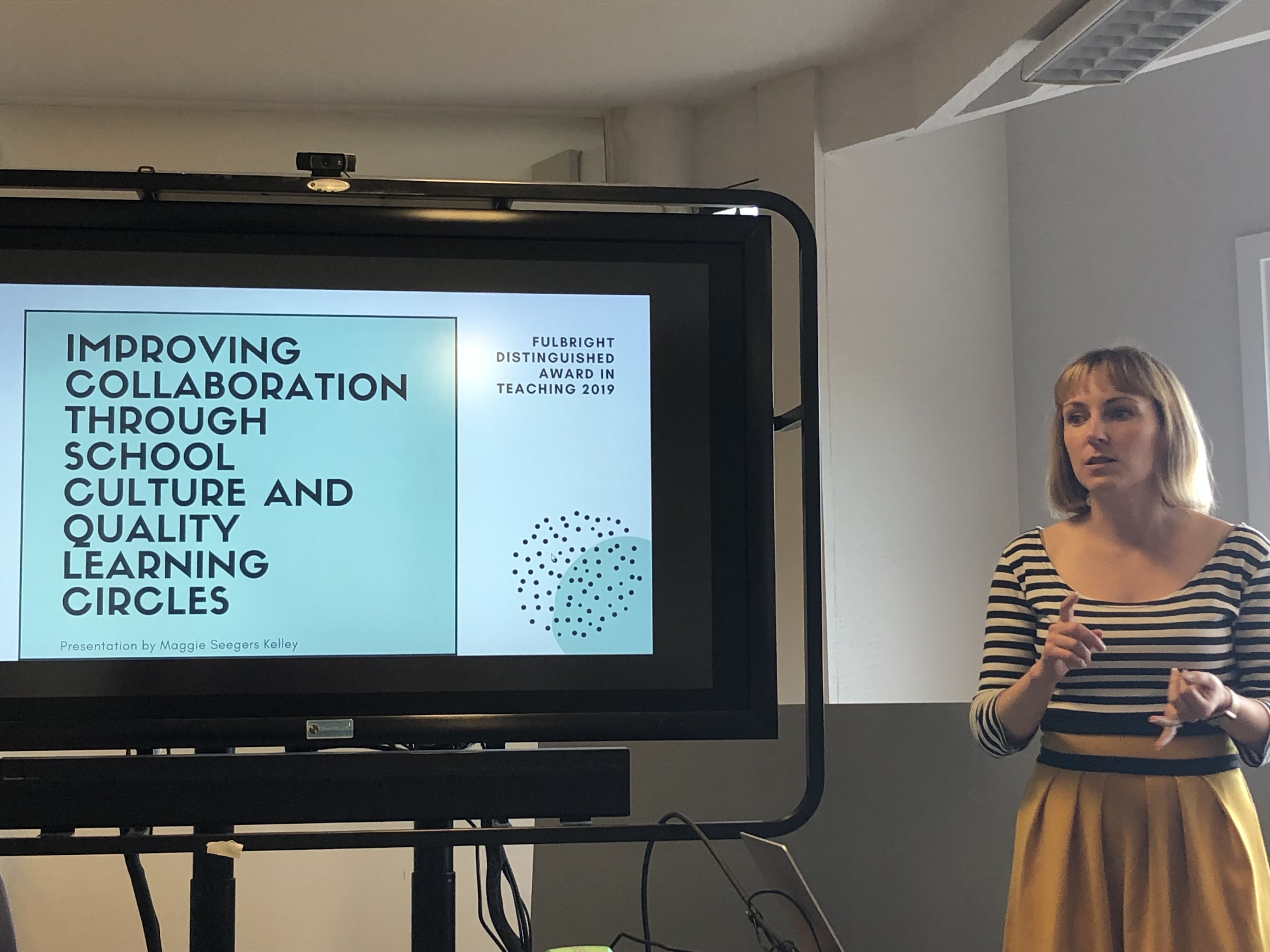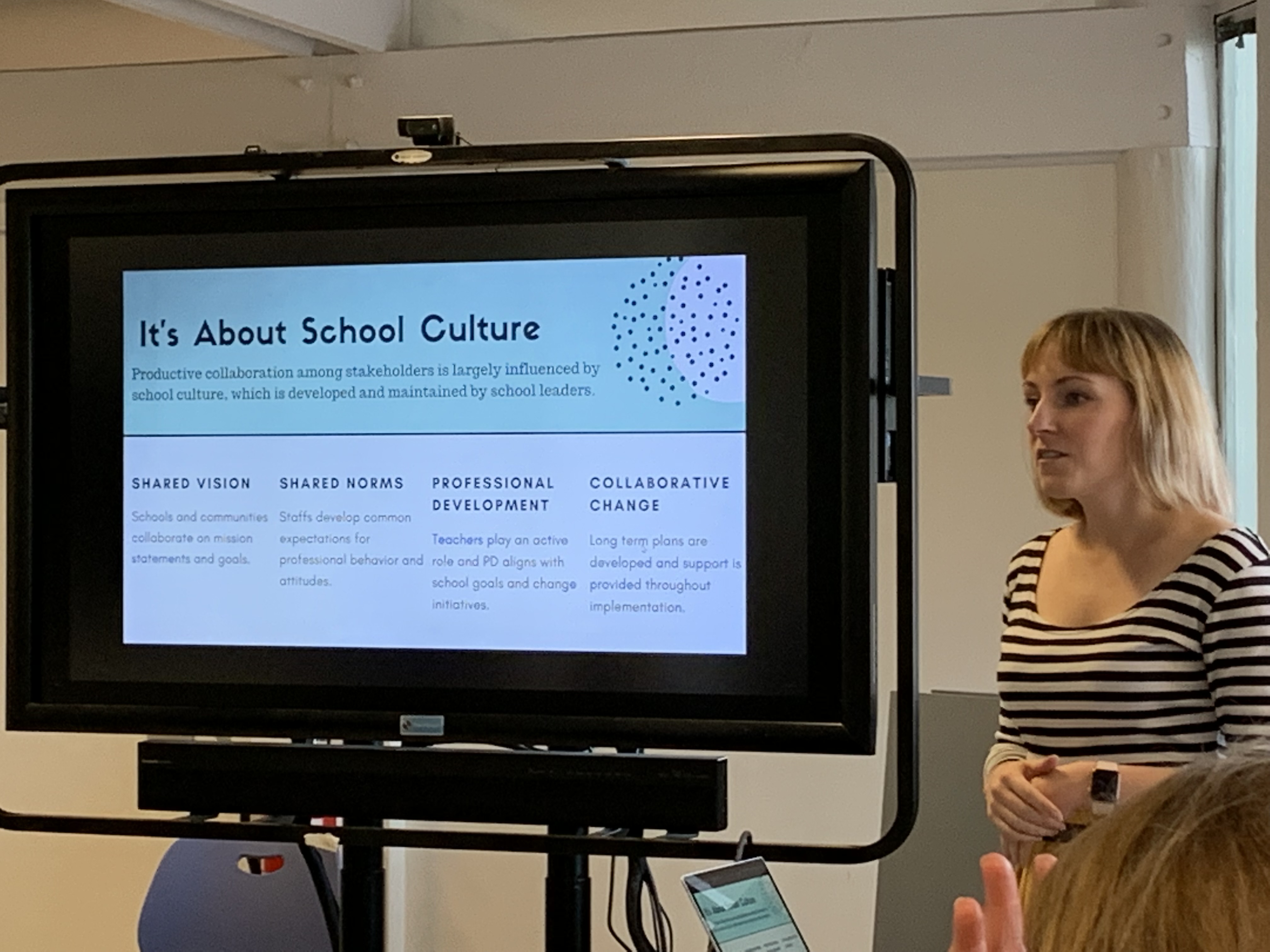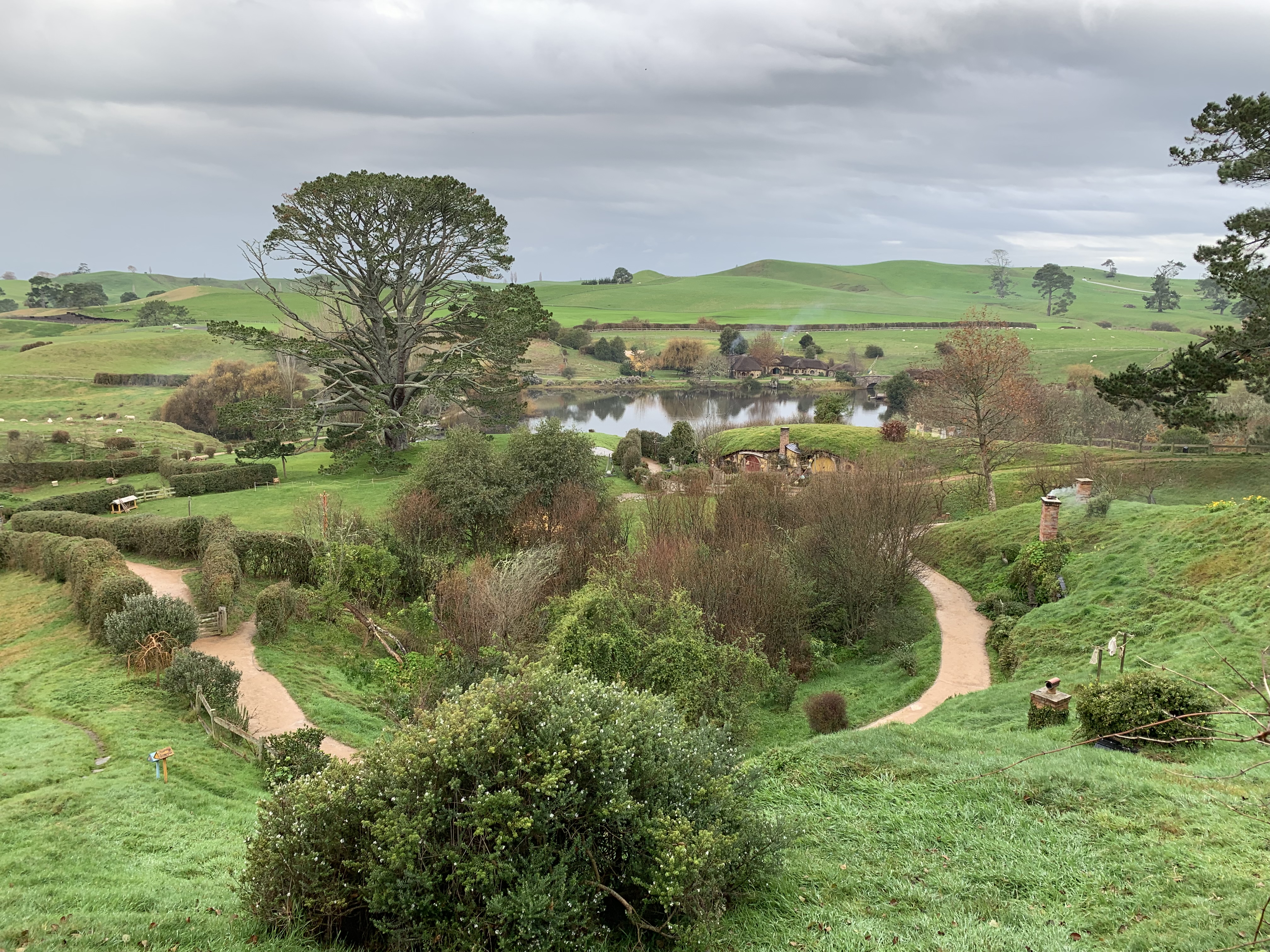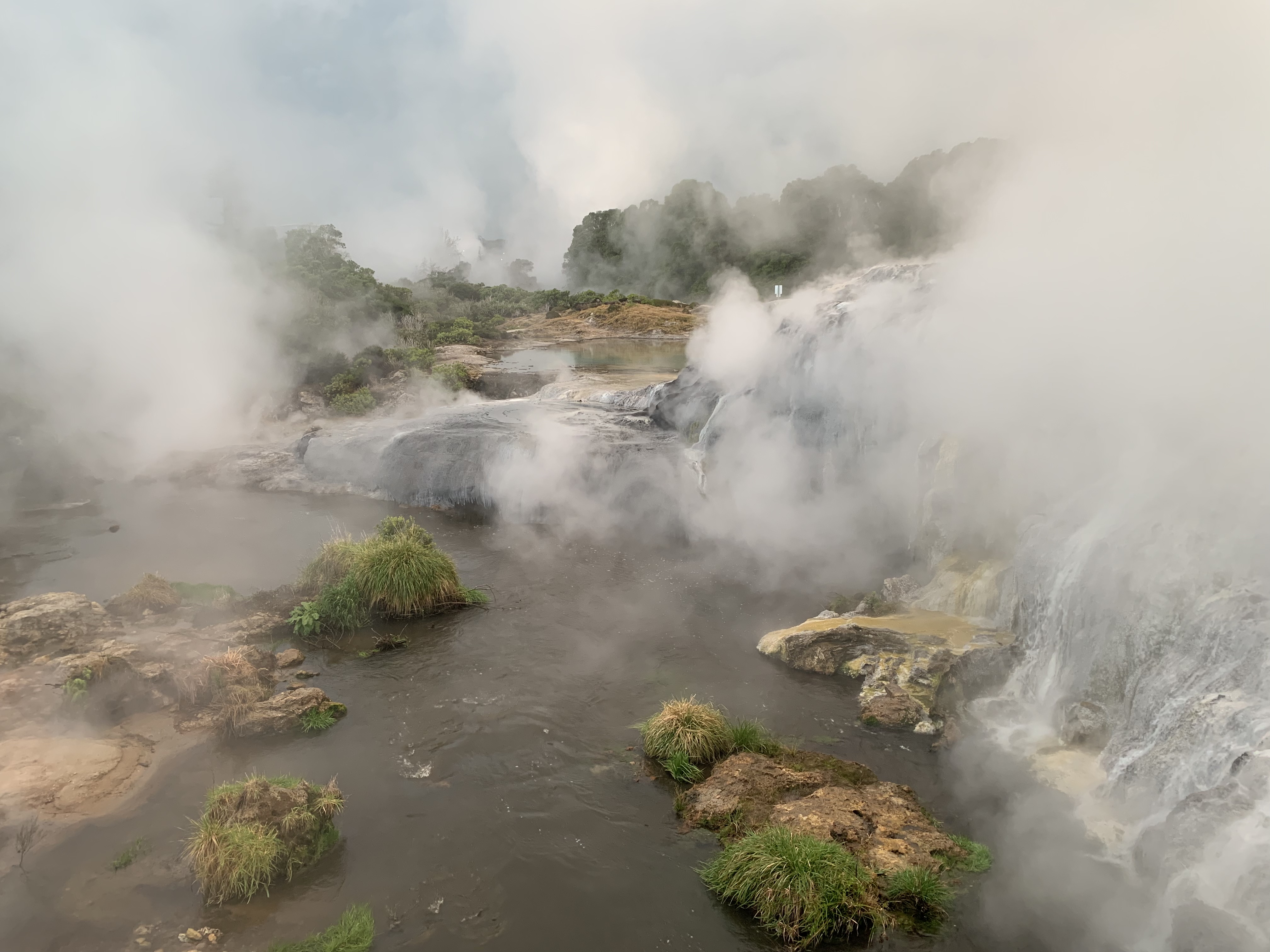It feels like it has only been a month or two since I got off the plane both excited and nervous to begin this Fulbright adventure, and yet, Friday marked the end of it all. I and my four remaining cohort members gave our final presentations at Victoria University. So, how did it all turn out? Differently than I expected, but altogether transforming.

If you remember from my early blog posts, I was drawn to New Zealand because of the Learning Support Update. However, when I arrived in country, I quickly learned that the Learning Support Update was still in the early stages and that New Zealand educators hold similar frustrations regarding special education to teachers in the United States. Namely, they are frustrated by the lack of funding, support, and resources.
Chances are, there will always be complaints about the education system. As teachers, we still must show up every day and do the best we can for kids, and in special education there are numerous stakeholders working with any one kid. So, I decided to refocus my inquiry around this question: How can we collaborate to best meet the needs of students with disabilities regardless of resources?
I sought out primary schools known for strong special education inclusion and interviewed principals, classroom teachers, special education needs coordinators (SENCOs), resource teachers of learning and behavior (RTLBs), speech therapists, parents, representatives at the Ministry of Education, and ORS funded teachers (who work with the highest need students).

The results showed that productive collaboration among stakeholders is largely influenced by school culture, which is developed and maintained by school leaders. To create positive, collaborative, inclusive school cultures the principals interviewed led their schools in developing shared values and norms, provided meaningful professional development aligned with shared goals, and collaborated on change initiatives.
Since I am not a principal, I looked for a way to implement my results regarding leadership and school cultures in my role as teacher. In the end, I took a structure for a professional learning community (PLC) called a Quality Learning Circle (QLC) that I observed and modified it for my school at home. I then took what I had learned about change implementation and creating positive, collaborative school cultures and wrote an implementation plan for a pilot program. The plan includes steps for data collection, reflection, and redevelopment. The idea is to not only provide schools with a structure for a professional learning community, but to provide them with a framework to follow in order to tailor the structure to their own needs, goals, and school culture.
In creating this implementation plan for a QLC I incorporated what I learned about manifesting collaborative, inclusive school cultures, change implementation, collaboration, and professional development. Following my plan for creating a QLC guides a school in creating shared goals, models a process for developing group norms, teaches leaders to facilitate collaborative development that aligns with goals, acts as an example of data driven change implementation, and provides opportunity for professional development in which teachers play an active role in choosing and presenting on topics. Research shows that 95% of teachers implement what is taught in this sort of professional development, while only 5-10% implement what is taught in traditional professional development (Waldron & Mcleskey, 2010).
I hope to lead a pilot QLC at my home school with 5-6 volunteer participants during our regularly scheduled PLC time. The goal of this pilot program is to develop a professional learning community comprised of members from different teams throughout a school (e.g. administrators, special education, classroom teachers of varying grades and/or subjects) that provides teacher led professional development directed at topics that are meaningful to the educators involved and align with school goals. Together, we will follow my implementation plan and work towards modifying the QLC into a professional learning community structure which is effective within our own school. At the end of the year, the group will recommend whether the QLC should be rolled out school-wide, continue to be developed, or scrapped altogether. Once I have refined the QLC implementation plan, I hope to share it more broadly.
In my experience, many schools devote time to what they consider professional learning communities. However, teachers often complain about participating because they do not find the time spent meaningfully. I hope that my QLC implementation plan allows educators to find value in these meetings, and that it aids in creating a positive, inclusive culture in which further collaboration flourishes.
Completing this formal inquiry project was only one piece of my learning and growth during this Fulbright. Personally and professionally, the experience provided time for reflection and growth. I developed networking skills and greater confidence. Prior to this Fulbright, I had minimal experience with networking. I felt out of my comfort zone making initial contacts. However, as I obtained positive responses from professionals eager to help, I realized that my feelings of discomfort came from my own insecurities. These were due in large part to consistently feeling undervalued as a teacher in the United States. Interacting with professionals as a Fulbright teacher garnered me more respect than I have experienced thus far in my career. In New Zealand, my expertise was valued and desired, and people were more than willing to share their own knowledge in return. As a result, I developed confidence and learned to value my own contributions.
Interacting with Maori people and witnessing New Zealand’s efforts to integrate, not assimilate, provided opportunities for developing cultural awareness and learning culturally responsive practices. One school I visited held focus groups for different cultural groups. These were a time for the principal to hear about their values in order to build a more culturally responsive school culture. This year, she asked each group what success meant to them. This struck me, because in American education we have unilaterally equated success with high grades, good test scores, and college preparedness. However, success for some is getting to school on time, having enough food, or being treated with respect.
Additionally, I have engaged in conversations with educators about the cultural perspectives we teach. So often we teach from the colonizer’s perspective and do not stop to think about the impact this will have on a cultural minority. Leaving here, I want to commit to taking the time to learn more about my students, their backgrounds, and their cultures. I want to be more deliberate with the words I use, the books I assign, and the stories I share. I want to create an environment where all cultures are valued and in which my students can develop mutual understanding across cultures.
Now that my research is complete and my final presentation is done, I have a few weeks to explore before heading home on July 11. On Thursday, Elijah and I fly to Australia for two weeks. Before that, we decided to take one final trip within New Zealand and flew up to Rotorua for the weekend. I’ll leave you with pictures from that.












What an amazing journey you’ve had exploring the culture, land, and education of New Zealand! I can’t wait to hear how your project unfolds next year and beyond. And, of course, I cannot wait to see you!
LikeLike
I am so proud of you and what you have accomplished on this amazing adventure. Your school and students will surely benefit from this experience. I am especially impressed by how the diversity of NZ touched you and led to some personal growth. Congratulations on completing the program!
LikeLike
I can’t wait to hear about what you are wanting to implement and bring back to campus! 🙂 You have accomplished so much and have grown as a leader. I am incredibly proud of you Maggie.
LikeLike